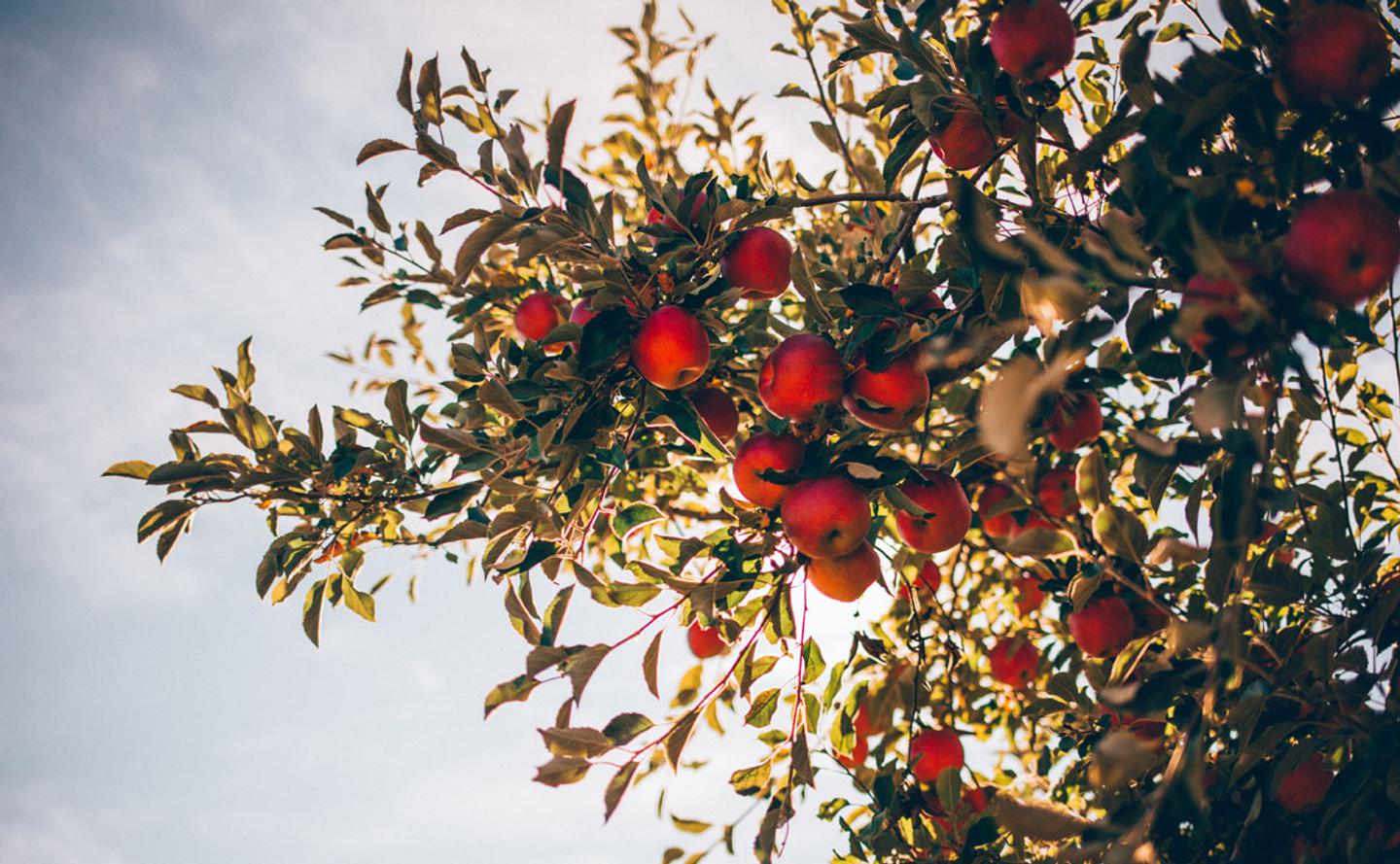Guides
Soil-borne diseases: Apple Replant Disease
Replant disease, also known as apple or rose replant disease, affects roses, apples, plums, pears and other plants in the Rosaceae family when they are planted in a spot where the same type of plant was previously growing. In other words, if you take out an apple tree, then decide to plant another apple tree there, or a rose bush, then you run the risk it will be affected.

Symptoms
The main symptom is a general failure to thrive, usually seen in the first two years after planting. So you might see poor growth, yellowing leaves and a lack of flowers. The tree might even die. When the tree is uprooted, you may see discoloured roots which are not well developed.
Causes
Replant disease is a serious problem for commercial fruit growers, so has received quite a lot of attention from researchers, however the cause is still poorly understood. It is thought to be caused by changes to the soil environment, in particular the microorganisms that inhabit it, that occur when apple/rose family trees have been grown there, which new plants are unable to cope with. Imagine a newborn baby being bombarded with insects and germs which are easily fought off by an adult with a good immune system.
In a similar way, after many years of growing alongside certain pathogens, mature trees are able to withstand their attacks. Analysis of affected soils has shown the culprits to be a combination of parasitic nematodes, certain fungi such as Fusarium and something called oomycetes (or water moulds) [1, 2], though the causes may vary over different sites. These get into the roots of the tree and eat away at them, hampering growth.
Why this seemingly hostile environment occurs is complex, but in general terms is due to a proliferation of one or several of these pests, which can survive over winter, in dead roots and in soil. This means that they remain after the old tree has been removed, hence the problem for new trees.
Solutions
Commercial growers sometimes fumigate the soil to sterilise it, but this really isn't an option we would recommend for the garden grower. The best solution really is to choose a plant that isn't from the rose family to replace what you were growing previously. The alternative is to wait at least five years to plant another apple, or remove and replace a large volume of soil with fresh, uncontaminated soil. Opting for something different is probably easiest!
If you are determined to replace like for like, some gardeners swear by lining the hole with a cardboard box, which protects the roots during establishment. Organic matter and fertiliser will also help new plants get a head start, while mycorrhizal products are said to help as well. We can't vouch for any of these methods, but it's worth taking some measures to give your tree the best start.
Trees and shrubs to replace apple trees:
Maples - e.g. Vine maple, Paperbark maple
Japanese/Chinese dogwood (Cornus kousa varieties)
Hazel - e.g. Corylus Red Majestic
Tree-type spindles e.g. Euonymus Red Cascade, Euonymus hamiltonianus
Laburnum
Lilac
Magnolia
Viburnum
Rose-family trees to avoid:
Apples
Cherries
Plums
Pears
Quince
Cotoneaster
Crab apple
Hawthorn
Flowering cherry
Ornamental pears
Rowans
Whitebeams
Photinia
Firethorn
[1]. Tilston, E.L., Deakin, G., Bennett, J., Passey, T., Harrison, N., O’Brien, F., ... & Xu, X. (2018). Candidate Causal Organisms for Apple Replant Disease in the United Kingdom. Phytobiomes Journal, 2(4), 261-274. [2] Kanfra, X., Liu, B., Beerhues, L. & Heuer, H. (2018). Free-living nematodes together with associated microbes play an essential role in apple replant disease. Frontiers in Plant Science, 9, 1666.